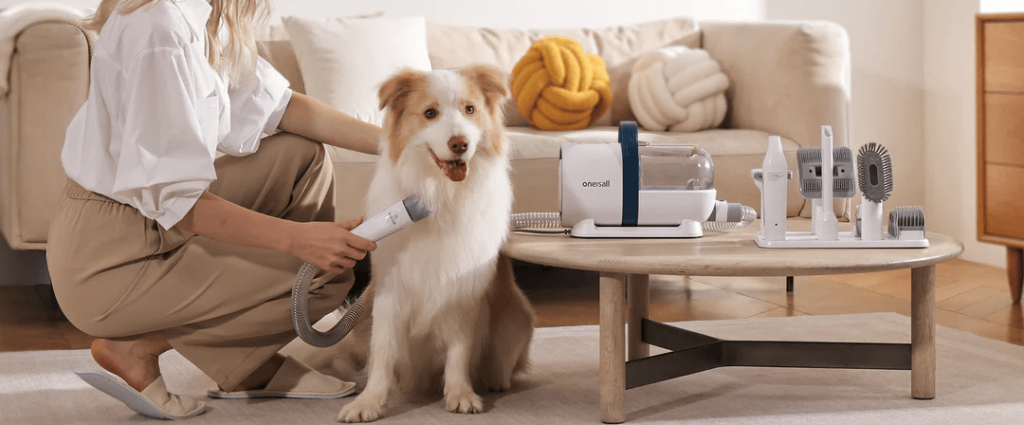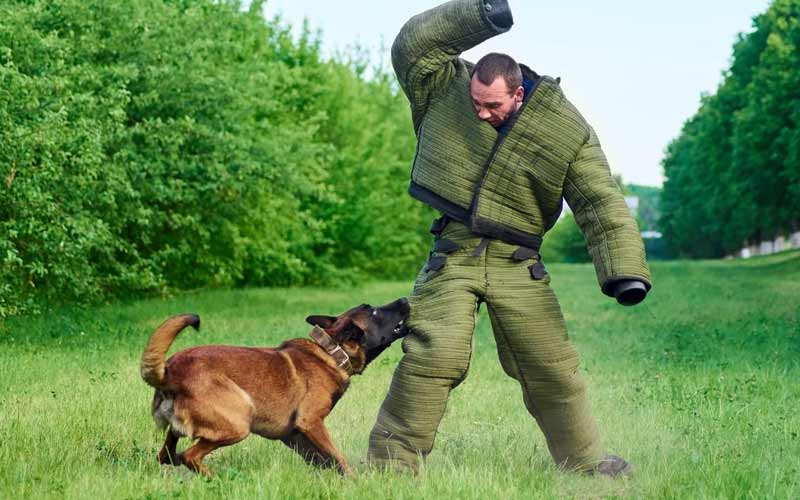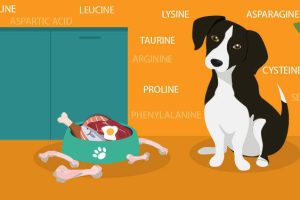Content Attributes
Grooming is an essential part of caring for your dog, contributing to their overall health and well-being. While some dogs enjoy being pampered, others may find the experience stressful or uncomfortable. As a pet owner, it’s important to make grooming a positive and relaxing experience for your furry friend. With the right approach, patience, and tools—like good quality dog trimmers—grooming can become an enjoyable routine rather than a dreaded task.
In this article, we’ll explore ways to create a stress-free grooming experience for your dog, the importance of regular grooming, and how using the right tools can make a world of difference.
Why Grooming Is Important for Your Dog?

Regular grooming goes beyond maintaining your dog’s appearance; it plays a crucial role in their health. Here’s why grooming is important:
- Healthier Coat and Skin: Grooming helps remove dirt, debris, and loose hair from your dog’s coat. Regular brushing stimulates the skin, promoting the production of natural oils that keep your dog’s fur soft and shiny. Additionally, grooming helps detect any skin issues, such as rashes, parasites, or infections, early on.
- Prevention of Mats and Tangles: Dogs with longer or thicker coats are particularly prone to matting, which can be painful and lead to skin irritations if left untreated. Regular grooming ensures that mats and tangles are removed before they become a problem.
- Reduced Shedding: While some shedding is normal for most dogs, regular grooming can help reduce the amount of loose fur around your home. Brushing helps to remove dead hair, making it less likely to end up on your furniture and floors.
- Cleanliness and Hygiene: Bathing your dog as part of their grooming routine helps keep them clean, eliminating odors and removing dirt or allergens from their coat. Additionally, cleaning their ears, trimming their nails, and brushing their teeth all contribute to their overall hygiene.
- Bonding Opportunity: Grooming is a great way to bond with your dog. When done gently and with patience, the process can be a calming and enjoyable experience for both you and your pet.
How to Make Grooming a Positive Experience
Making grooming a positive experience for your dog requires preparation, the right tools, and an understanding of your dog’s needs. Here’s how to ensure grooming time is stress-free and enjoyable:
1. Start Early and Be Consistent
Introducing grooming to your dog at a young age is one of the best ways to ensure they get used to it over time. Puppies are naturally curious, and starting early allows them to become familiar with the process. Even if your dog is older, consistency is key. Set up a regular grooming schedule, whether it’s brushing, bathing, or using dog trimmers to keep their fur tidy. Consistency helps your dog understand that grooming is part of their routine.
2. Create a Calm Environment
Before you begin grooming, make sure the environment is calm and quiet. Dogs can easily pick up on their owner’s emotions, so if you’re feeling stressed or rushed, they might become anxious as well. Try grooming your dog in a space where they feel safe, and avoid any distractions that could make them nervous.
Using soothing music, gentle tones, or even calming scents like lavender can help set a peaceful tone for the session. If your dog is particularly anxious, consider starting with short grooming sessions and gradually increase the time as they become more comfortable.
3. Use High-Quality Tools
The quality of the grooming tools you use can make a significant difference in how your dog perceives the experience. Using the best dog trimmers and grooming brushes designed specifically for your dog’s coat type can make grooming quicker and more comfortable for them.
For instance, if your dog has a thick or long coat, invest in sharp, durable trimmers that won’t pull on their fur. Similarly, brushes with soft bristles can make brushing a more pleasant experience. Remember, if the tools you use cause discomfort, your dog may start associating grooming with pain or irritation.
4. Introduce Tools Slowly
Some dogs may feel apprehensive about grooming tools, particularly trimmers or nail clippers, which make unfamiliar sounds and vibrations. To ease your dog’s anxiety, introduce each tool slowly and in a non-threatening way. Let them sniff and explore the tool before using it on them.
For tools like dog trimmers, you can turn them on and let your dog get used to the sound without actually trimming at first. Give them plenty of treats and praise during this process so they form a positive association with the tool.
5. Positive Reinforcement
Using positive reinforcement is one of the most effective ways to make grooming a positive experience. Reward your dog with treats, affection, and verbal praise throughout the grooming process, especially when they stay calm and cooperative. Over time, your dog will learn to associate grooming with rewards, making them more willing to participate.
You can even make a game out of grooming by giving them a treat after each step, whether it’s brushing a section of their fur or successfully clipping a nail.
6. Be Gentle and Patient
Patience is crucial when grooming your dog. Dogs, like humans, have good and bad days, and there will be times when they are less cooperative. Stay calm, be gentle, and never rush the grooming process. If your dog starts to become anxious or agitated, take a break and resume when they’re more relaxed.
Remember, grooming should be a positive and bonding experience, not a stressful or rushed task. Take your time, especially with delicate areas such as the face, paws, and ears.
7. Desensitize to Touch
Some dogs are sensitive to being touched in certain areas, such as their paws or ears. To make grooming easier, work on desensitizing them to these touch-sensitive spots outside of grooming sessions. Regularly touch their paws, ears, and face while giving them treats, so they become accustomed to being handled in these areas.
This will make grooming, especially trimming their nails or cleaning their ears, much less stressful for both you and your dog.
The Role of Dog Trimmers in the Grooming Process
While brushing and bathing are vital parts of grooming, using dog trimmers is essential for keeping your dog’s coat neat and free from mats. Regular trimming prevents fur from becoming too long, especially for breeds with fast-growing coats. It also helps keep your dog cool in warm weather and prevents dirt from getting trapped in their fur.
When choosing dog trimmers, consider the size and coat type of your dog. Some dogs have thick double coats, while others have finer, single-layer coats. Selecting the right trimmer for your dog’s specific needs will ensure a more effective and comfortable grooming session.
Why Quality Matters
High-quality dog trimmers not only cut more efficiently but also reduce the risk of nicking or irritating your dog’s skin. A smooth, precise cut ensures that the grooming process is quick and painless, preventing your dog from becoming restless or fearful. Investing in good-quality dog trimmers will pay off in the long run, both in terms of your dog’s comfort and the tool’s longevity.
Conclusion
Grooming doesn’t have to be a stressful experience for your dog. With the right approach, tools, and mindset, it can become an enjoyable bonding activity that promotes their health and well-being. By following the steps outlined above—starting early, creating a calm environment, using positive reinforcement, and investing in high-quality dog trimmers—you can transform grooming time into a positive and stress-free routine for both you and your dog.
Regular grooming not only keeps your dog looking and feeling their best but also strengthens the bond you share with them. With patience and care, grooming can become something your dog looks forward to, rather than fears.



